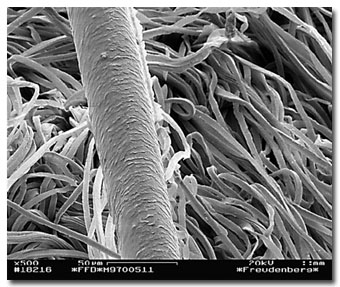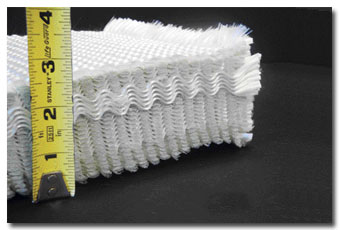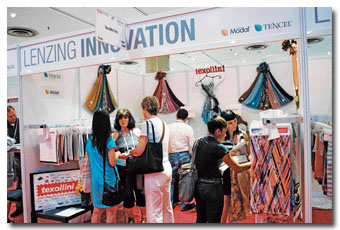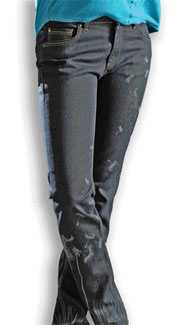BRUSSELS — July 12, 2012 — Today EDANA, the International Association Serving the Nonwovens and
Related Industries, released a public summary of its annual statistics on Nonwovens Production and
Deliveries for 2011. This shows a growth in production volume for 2011 of 5.7%, with several market
segments recording their best output ever in both tonnage and square metres, including baby
diapers, medical, personal care wipes, civil engineering, automotive and agriculture.
The total deliveries reached the level of 1,897,748 tonnes and 55,740 million square metres
in 2011. In global terms, the production of Greater Europe represented approximately 25%. The 2011
expansion, albeit at a slower pace than the increase of 10.9% observed in 2010, has continued the
positive growth of the industry after the hiccup of the recovery year of the economic crisis.
Additional positive signs were also recorded. Jacques Prigneaux, EDANA’s Market Analysis and
Economic Affairs Director, stated that “Each production process obviously has its own specific
trends depending on the evolution of the market segments. Spunmelt production recorded two
successive growths of more than 9% in 2010 and 2011. Within the fibre-based products, while
thermo-bonded nonwoven production has been quite flat over the last two years, spunlace production
recovered the most, and was by far the most important drylaid output”.
Even if trade flows in and out of the European Union are still limited compared to local
production, the exports of nonwovens to the rest of the world have never been as high as the
current period for both volume and value. Last year, import into the region from China increased by
24% and China became the EU’s most important supplier, but, for each sub-category of Nonwovens the
EU-27 remained a net exporter of products.
The EDANA nonwovens database and statistical methodology, which is over 30 years-old (and has
obviously been refined using latest IT features), is unique and the largest of its kind in the
world, based on an exhaustive annual survey with direct input from nonwoven producers.
With all significant players from Greater Europe and a large number of companies
participating already from the Middle East and Africa in a parallel system (with data presented in
February 2012 at the 3rd EDANA MENA Nonwovens Symposium), around 100 major nonwoven producers are
directly involved, representing over 85% of the production in both regions. The remainder of the
market is covered by qualified estimates for an equivalent number of generally much smaller
players.
EDANA’s leadership in this area is based on a multi-dimensional expert system with internal
consistency checks, based on verified reports of the consumption of raw materials, production of
roll goods by process, and deliveries both by process and end-uses.
Other systems, relying on less frequent direct input, on nominal – published or estimated –
capacities of installed nonwoven production lines and/or random telephone interviews, often result
in much less accurate data.
“Our leadership in nonwoven market surveys, with a scope representing well over 30% of the
world’s nonwoven production, gives EDANA both an advantage and responsibility for the future
provision of global nonwovens statistics”, said Pierre Wiertz, General Manager. “We are pleased to
cooperate with INDA on a Global Nonwovens Outlook 2012-2017, to be published by the 3rd quarter of
2012, and during ANEX 12, we have offered our colleagues from ANFA (representing companies from
China, Japan, India, Korea, Taiwan and Vietnam) to explore a similar collaboration for the future.”
The full report and detailed data for the “2011 European Nonwovens Production and
Deliveries”, an exclusive EDANA membership benefit, has been made available since mid-June.
Posted on July 24, 2012
Source: EDANA













